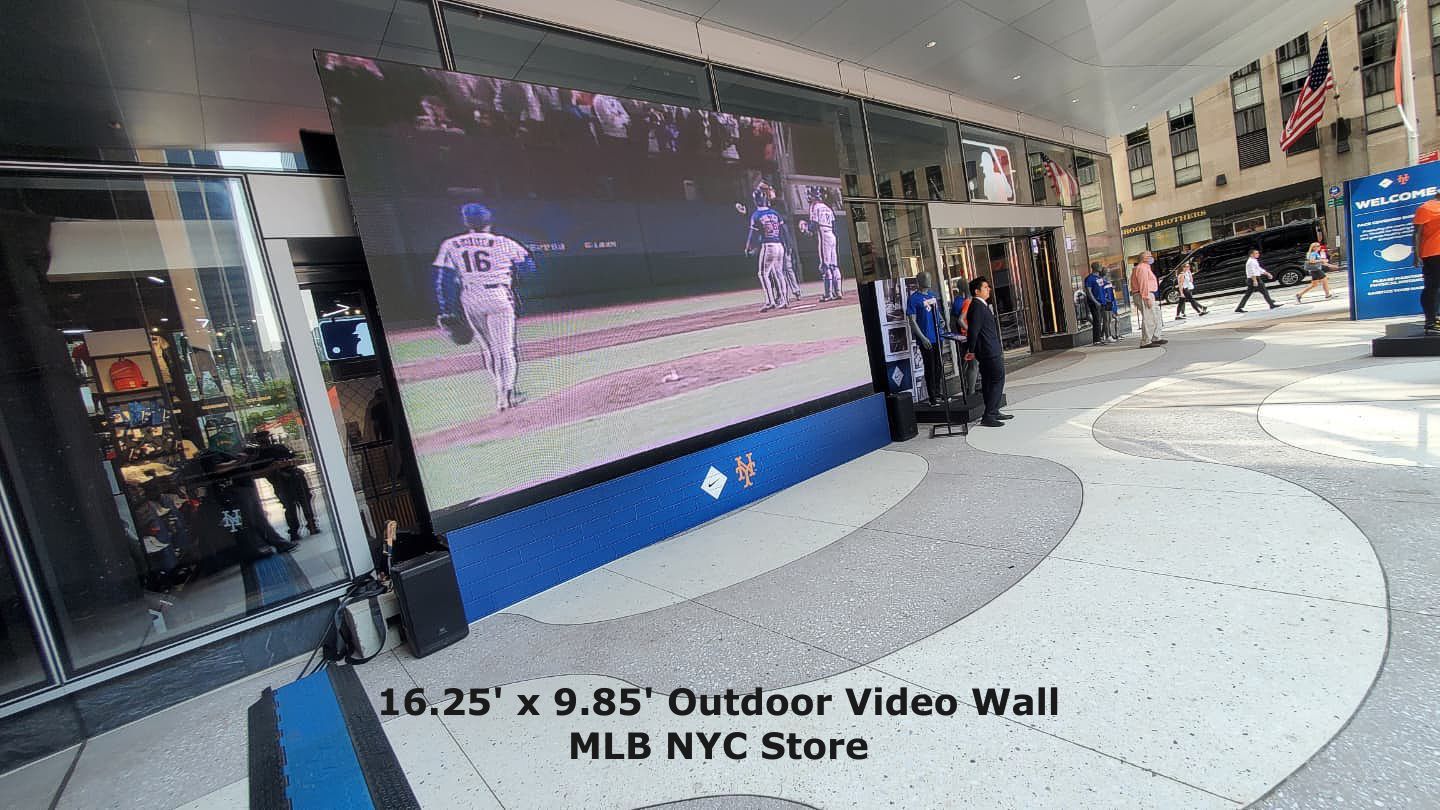
As it pertains to LED walls, one of the important factors to take into account is dot pitch. Pixel pitch refers to the space between the cores of two adjacent pixels on an LED display. This metric is commonly expressed in millimeters. Understanding pixel pitch is essential because it explicitly affects the resolution and definition of the visuals displayed. A reduced pixel pitch means that the pixels are closer together, leading to a greater resolution, while a bigger pixel pitch results in a lower resolution. Therefore, selecting the appropriate pixel pitch is vital for obtaining peak LED wall functionality.
The choice of pixel pitch frequently is influenced by the viewing distance. For example, if the LED wall is intended to be seen from a further away, a bigger pixel pitch may be suitable. This is because the human eye cannot easily distinguish individual pixels when they are more distant away. On the contrary hand, if the wall will be observed up nearby, a smaller pixel pitch is necessary. In situations such as indoor events, where attendees are usually nearer to the screen, a reduced pixel pitch will provide a sharper and clearer image. Hence, understanding how sight distance affects pixel pitch is critical to making an educated decision.
Another important consideration is the intended use of the LED wall. Various applications, such as promotion, concerts, or conference meetings, may necessitate varied pixel pitches. For instance, an LED wall used for promotional purposes in a shopping mall may gain from a pixel pitch that allows for lively colors and high detail so that it captures the attention of bystander shoppers. Conversely, an external LED wall used at a concert may prioritize brightness and visibility over resolution, permitting for a bigger pixel pitch. Thus, the particular context in which an LED wall will be used is vital for establishing the appropriate pixel pitch.
Pricing is also a significant factor try this web-site when choosing pixel pitch. Generally, LED displays with reduced pixel pitches often to be more costly due to the higher density of pixels and the sophisticated technology needed for manufacturing. While it may be enticing to opt for a high-resolution display with a small pixel pitch, financial constraints often necessitate a balance between quality and price. Businesses should assess their needs and determine how much they are prepared to spend in an LED wall, ensuring that the pixel pitch aligns with their budgetary capabilities while still meeting performance expectations.
Ultimately, it is crucial to consider the maintenance and durability of the light-emitting diode wall when selecting pixel pitch. Displays with reduced pixel pitches can sometimes be more delicate and may require more meticulous handling and maintenance. Regular maintenance is necessary to ensure that the display functions effectively over time. Knowing the maintenance requirements and potential issues associated with varied pixel pitches can assist organizations make a more informed choice. By taking into account all these factors, including sight distance, planned use, cost, and maintenance, individuals can choose the ideal pixel pitch for optimal LED wall functionality.